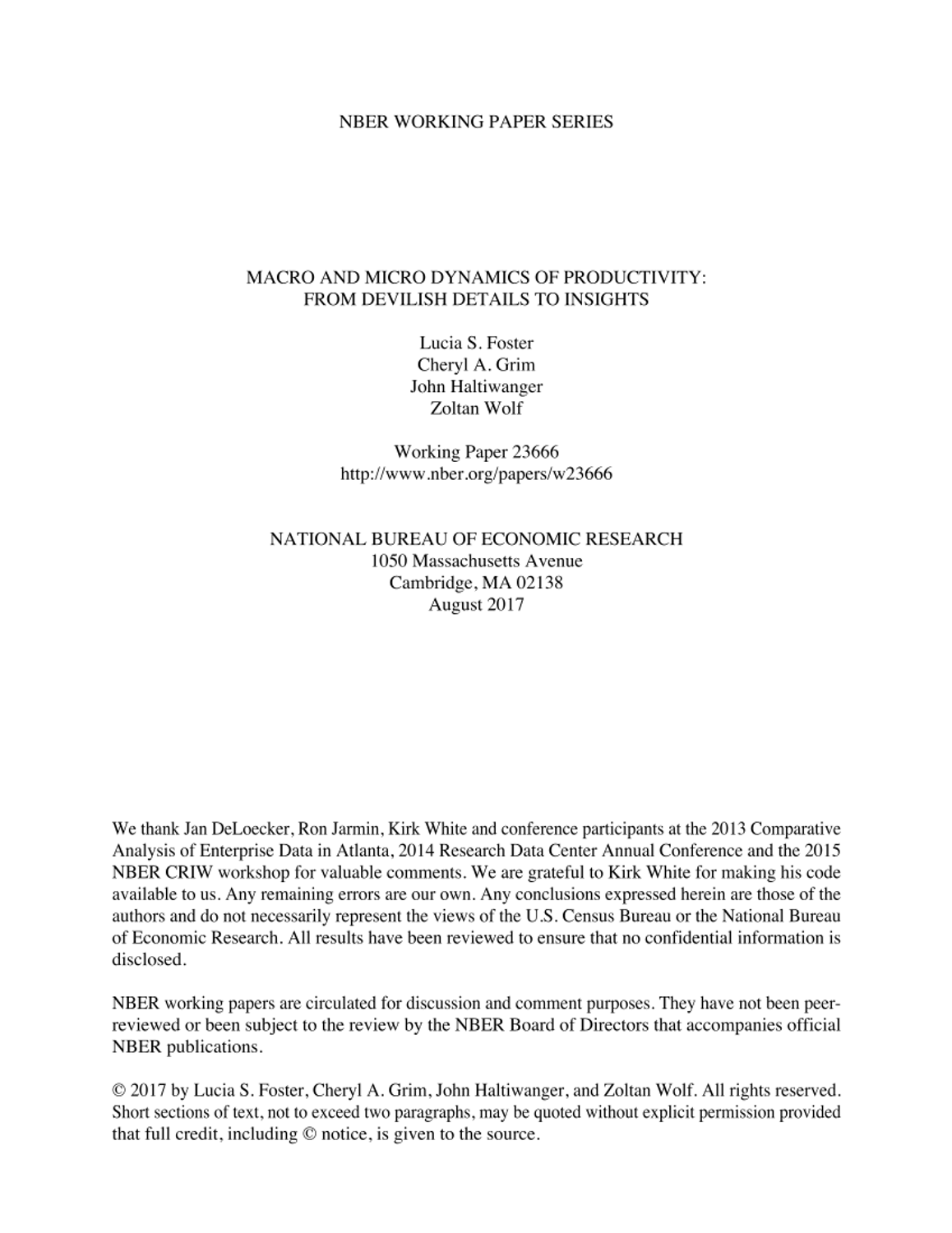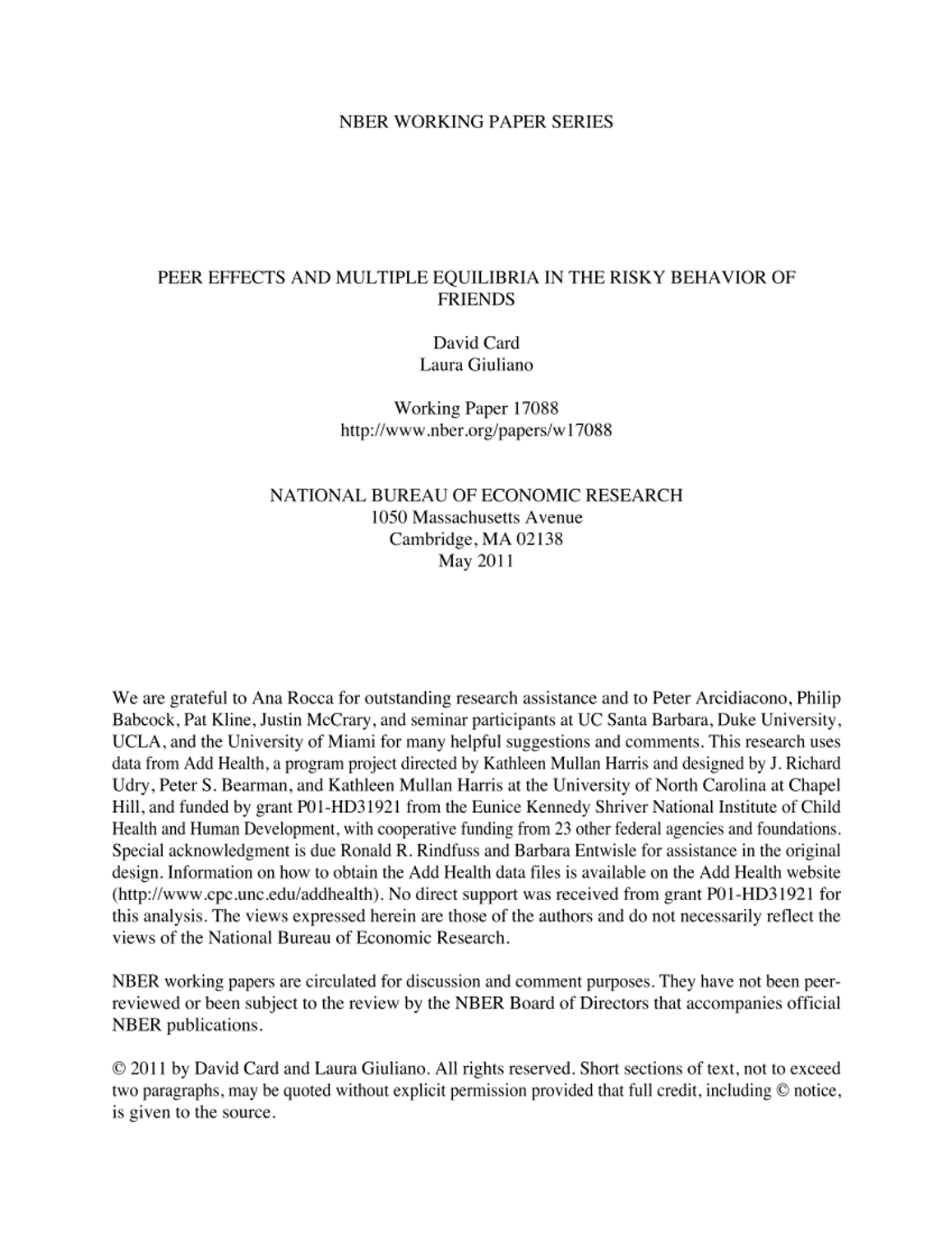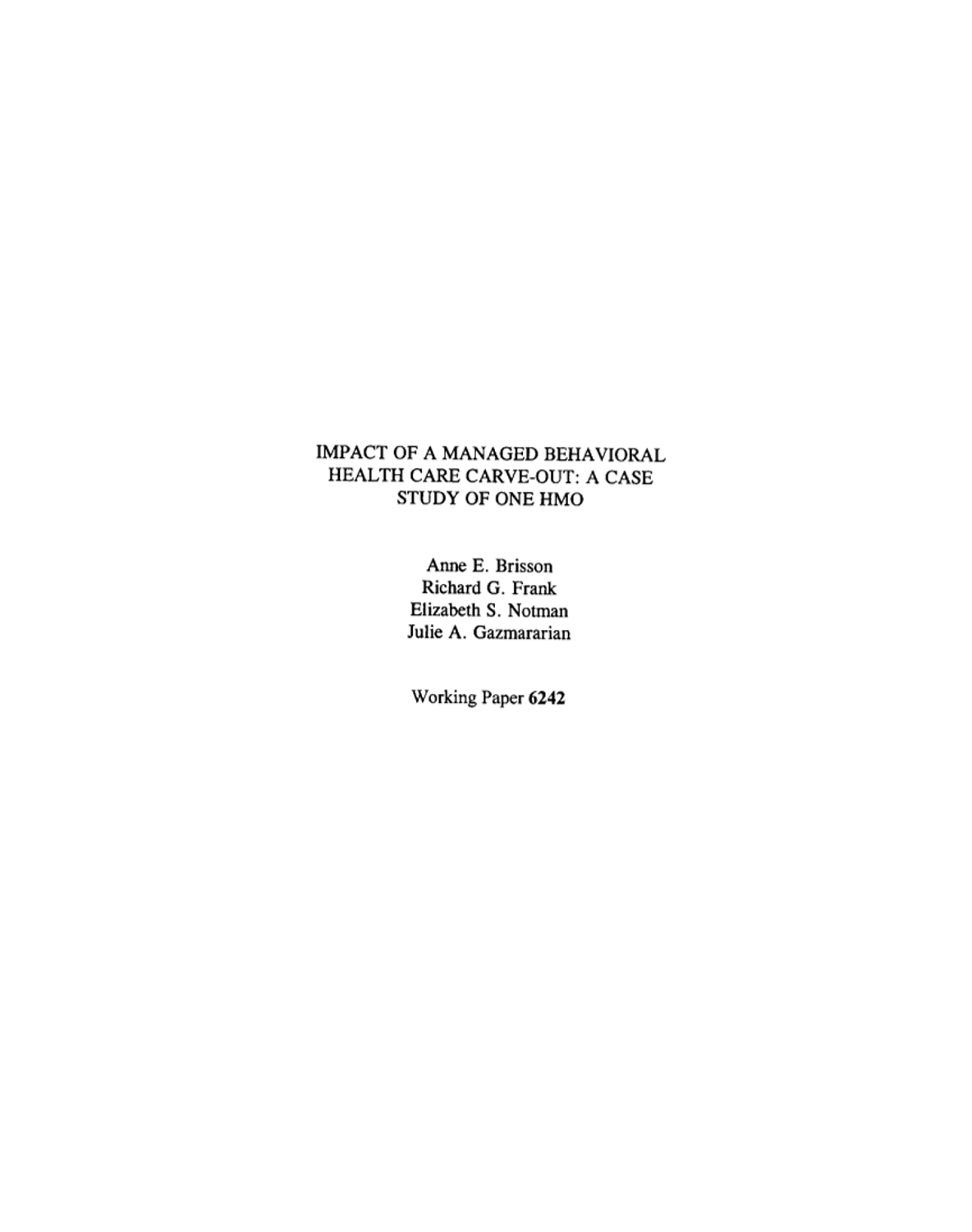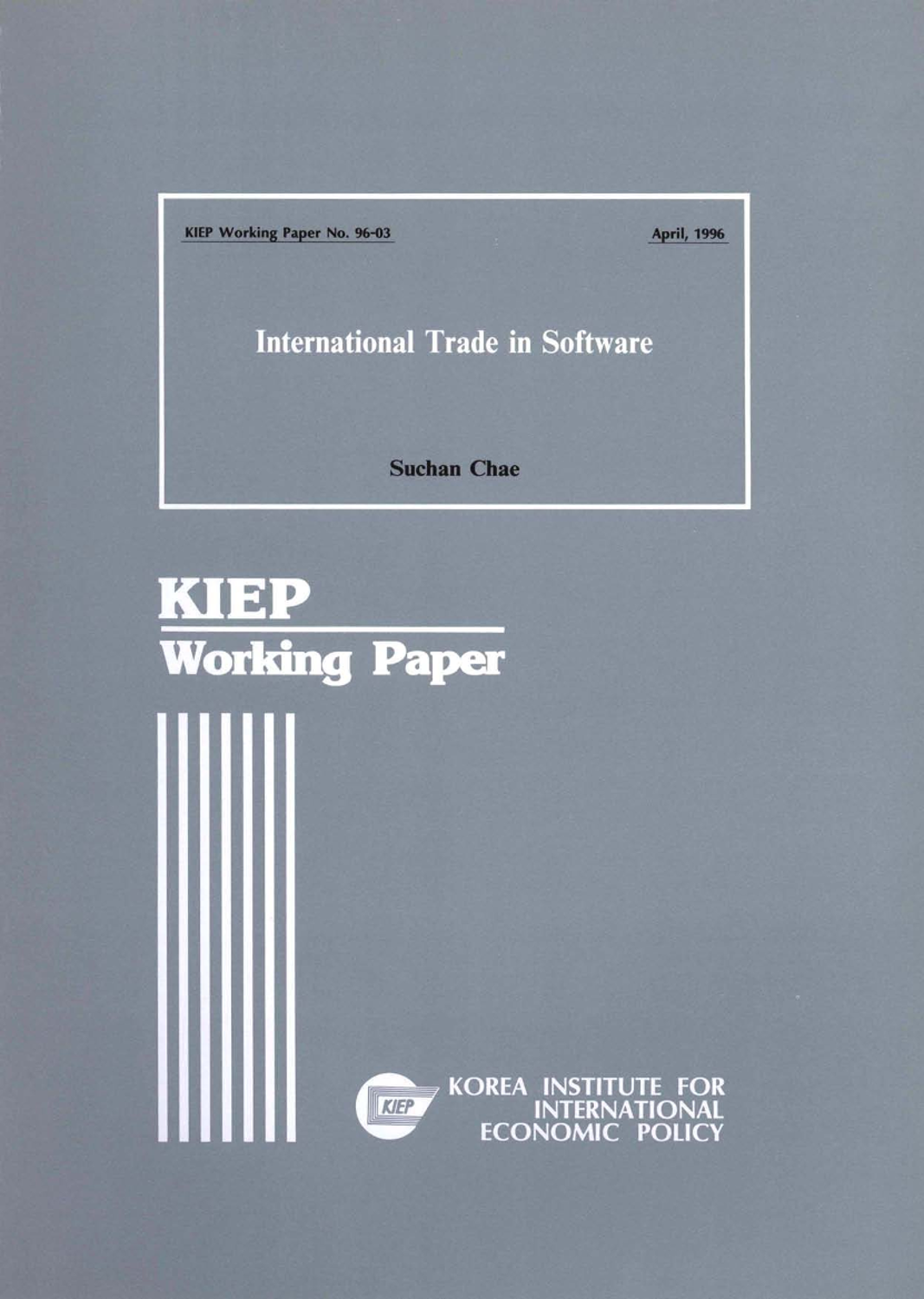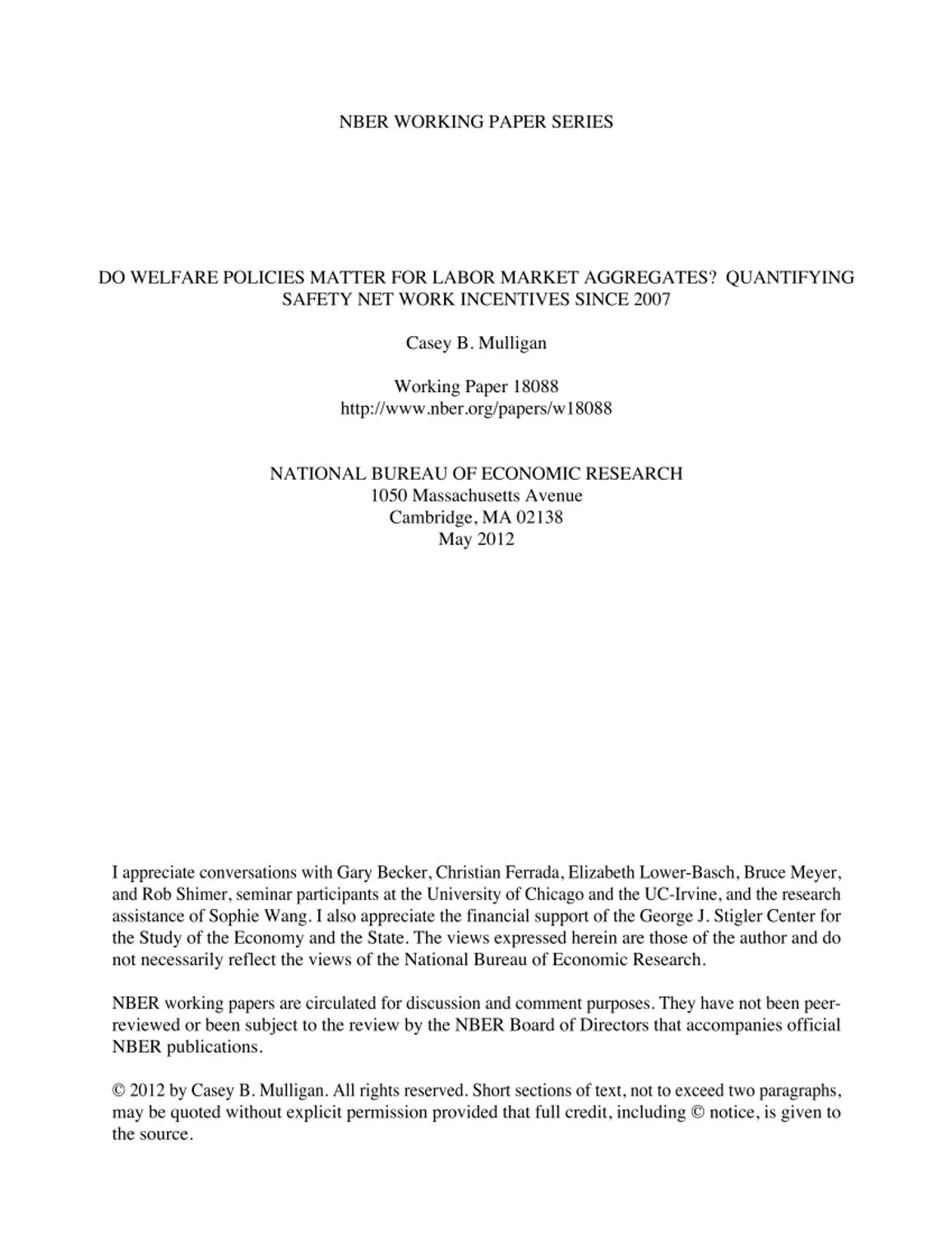연구보고서NBER Working Paper 23666
Macro and micro dynamics of productivity: from devilish details to insights
- 청구기호
- WP 23666
- 발행사항
- Cambridge : NBER, 2017
- 형태사항
- 48 p. :. PDF file ;. 966 KB
- 키워드
- Productivity, TFP, Reallocation
- 바로가기
소장정보
| 위치 | 등록번호 | 청구기호 / 출력 | 상태 | 반납예정일 |
|---|---|---|---|---|
이용 가능 (1) | ||||
| E0002765 | 대출가능 | - | ||
이용 가능 (1)
- 등록번호
- E0002765
- 상태/반납예정일
- 대출가능
- -
- 위치/청구기호(출력)
책 소개
Researchers use a variety of methods to estimate total factor productivity (TFP) at the firm level and, while these may seem broadly equivalent, how the resulting measures relate to the TFP concept in theoretical models depends on the assumptions about the environment in which firms operate. Interpreting these measures and drawing insights based upon their characteristics thus must take into account these conceptual differences. Absent data on prices and quantities, most methods yield ``revenue productivity" measures. We focus on two broad classes of revenue productivity measures in our examination of the relationship between measured and conceptual TFP (TFPQ). The first measure has been increasingly used as a measure of idiosyncratic distortions and to assess the degree of misallocation. The second measure is, under standard assumptions, a function of fundamentals (e.g., TFPQ). Using plant-level U.S. manufacturing data, we find these alternative measures are (i) highly correlated; (ii) exhibit similar dispersion; and (iii) have similar relationships with growth and survival. These findings raise questions about interpreting the first measure as a measure of idiosyncratic distortions. We also explore the sensitivity of estimates of the contribution of reallocation to aggregate productivity growth to these alternative approaches. We use recently developed structural decompositions of aggregate productivity growth that depend critically on estimates of output versus revenue elasticities. We find alternative approaches all yield a significant contribution of reallocation to productivity growth (although the quantitative contribution varies across approaches).

